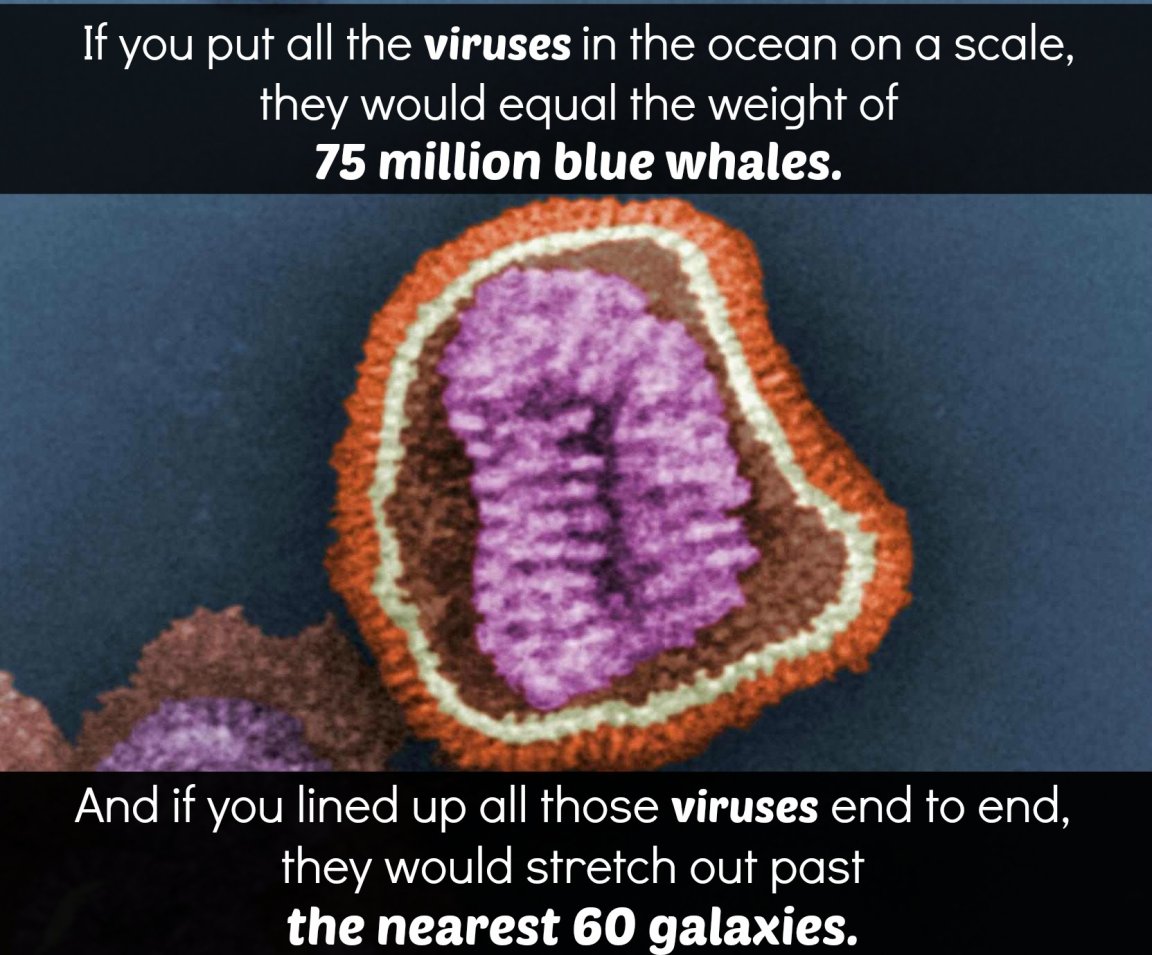

Have you ever asked yourself, what is it that actually makes us alive? What is it in us that makes us so different from the unliving? What differentiates a man, animal, or tree from a rock or water? If you think about it, you will be able to pinpoint the differences. Rocks do not reproduce, they do not die, and therefore they were never alive. But the line is not always that clear.
Life is the process of self-preservation for living beings and can be recognised by life processes; such as eating, metabolism, secretion, reproduction, growth, heredity etc. There are some ‘creatures’ present on our planet that cannot be put into either category. They are not alive, nor are they unliving. They are called viruses.
Viruses are smaller than bacteria and they are built simpler than any other cells. Virus particles (virions) are made out of two or three parts. Inside the capsid (protein coat) is nucleic acid that contains genetic information (either DNA or RNA – but never both at the same time, as in other living beings). Some viruses have an envelope (lipid membrane) around the capsid that offers extra protection for the nucleic acid.

They are not considered to be living because they have such a simple structure, only have one nucleic acid, and are not able to move actively by themselves. They do not grow or have an active metabolism. But at the same time, they are also considered to be living organisms. When inside a host cell or bacteria, they show signs of life. They reproduce and pass their genetic specifications up to the next generation. They also evolve and complete themselves through the process of natural selection.
So how do they live and reproduce?
If a virus comes across the right host cell it binds to it and injects its genetic material into the host cell. Virus DNA or RNA changes the metabolism of the host cell, so that it starts producing new viral nucleic acids and proteins that build viral capsules. After this process is done, the new virions form inside a cell. Then the cell dies, falls apart and releases the new viruses that can then penetrate into new cells. This is called the lytic virus cycle.
Some other viruses can work in a different way. Their nucleic acid builds itself into cellular DNA and replicates with it. This integrated viral nucleic acid does not do any harm to the cell. This is called the lysogenic cycle.
Those two cycles can merge into one another. After a while a lysogenic cycle can become a lysic cycle, and that is when the disease starts to have a visible effect on the cells. For example, this is how HIV becomes AIDS and how some people can live for decades while infected with HIV and not fall sick. Virions affect cells on a many different levels. They use the cells material and energy to reproduce themselves and when the lytic cycle occurs the host falls sick. Viruses can affect all living beings.
Whether or not they can be called alive is one of the big dilemmas of modern science. Throughout history, they have been seen as different things. First as poisons, then as life-forms and biological chemicals and finally today they are somewhere between the living and unliving. Although they are acellular particles (meaning, they are not made out of living cells like other beings), do not respond to stimulation and can’t reproduce outside of the living cells, they still play a huge role in the web of life and can dramatically effect infected cells and organisms.
What do you think it is that defines life? Are viruses alive, even though they can’t reproduce and evolve without hosts? Let us know.